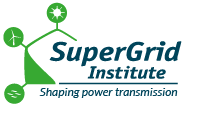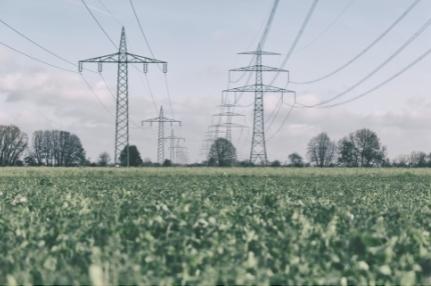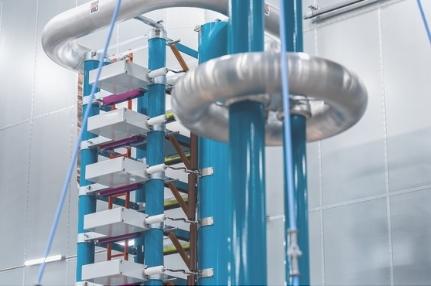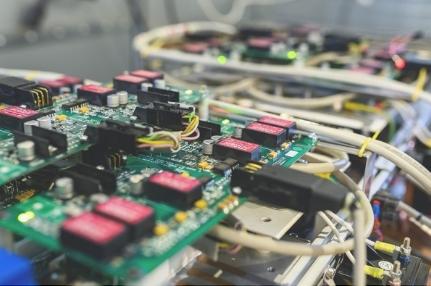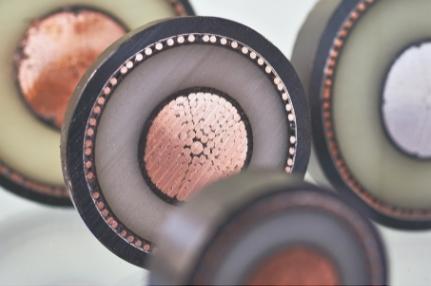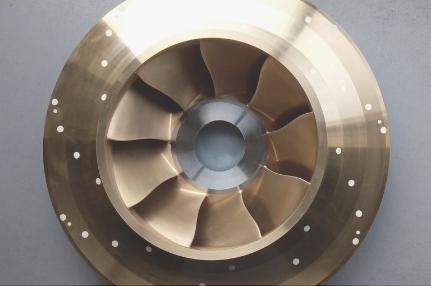Research & Collaboration
What makes us unique?
SuperGrid Institute owes its success to the people who make up our various research departments. Our teams come from diverse backgrounds in industry and academia, and their wealth of experience and skills make the Institute unique. Each individual brings specific expertise to the table.
This melting pot of knowledge offers opportunities for specialists from different fields to collaborate on new and innovative solutions to technical problems.
The Institute also benefits from close collaborative relationships with industry and academic institutions. The complementary strengths of our partners provide insights and innovative approaches to technical challenges. At the same time, we retain total independence in our research. Public-private investments and collaborative projects finance our work.
SuperGrid Institute’s state-of-the-art research facilities, test platforms and laboratories at the Villeurbanne and Grenoble sites are key to the success of our five research departments.

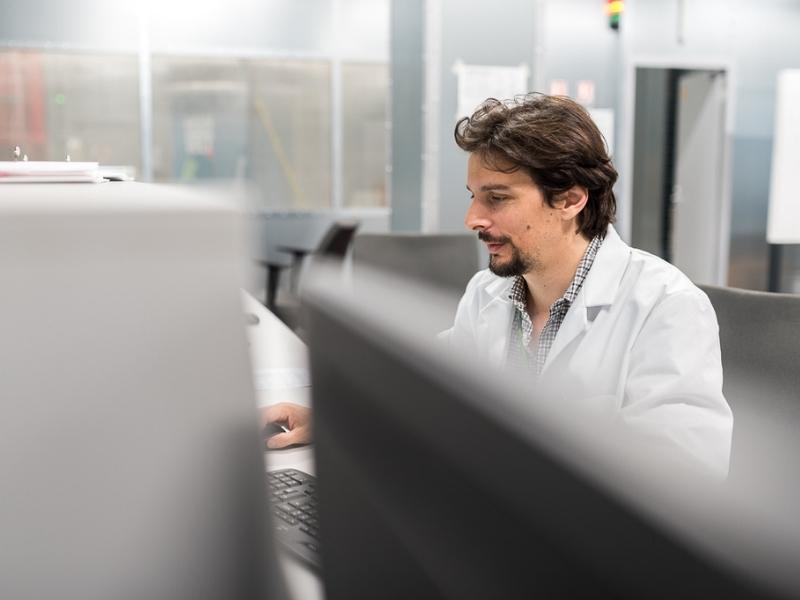
Latest scientific publications
Assessment of Aging and Performance Degradation of Supercapacitors Integrated into a Modular Multilevel Converter
In this work, supercapacitors are used as ESS and the reduction of their capacity is first calculated through lifetime simulation of the ESS using aging models.
Assessment of Aging and Performance Degradation of Supercapacitors Integrated into a Modular Multilevel Converter
In this work, supercapacitors are used as ESS and the reduction of their capacity is first calculated through lifetime simulation of the ESS using aging models.
IGBT Lifetime Estimation in a Modular Multilevel Converter for bidirectional point-to-point HVDC application
This paper deals with the lifetime estimation of one modular multilevel converter submodule in a bidirectional point-to-point HVDC application.
